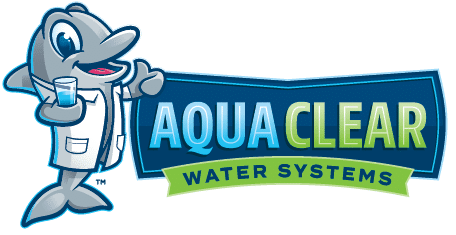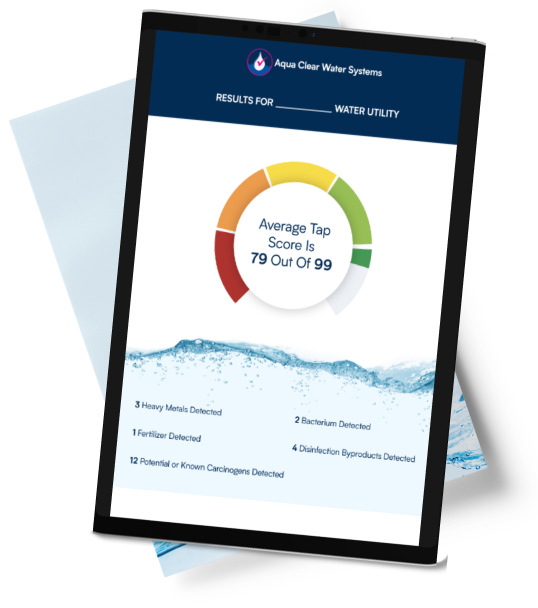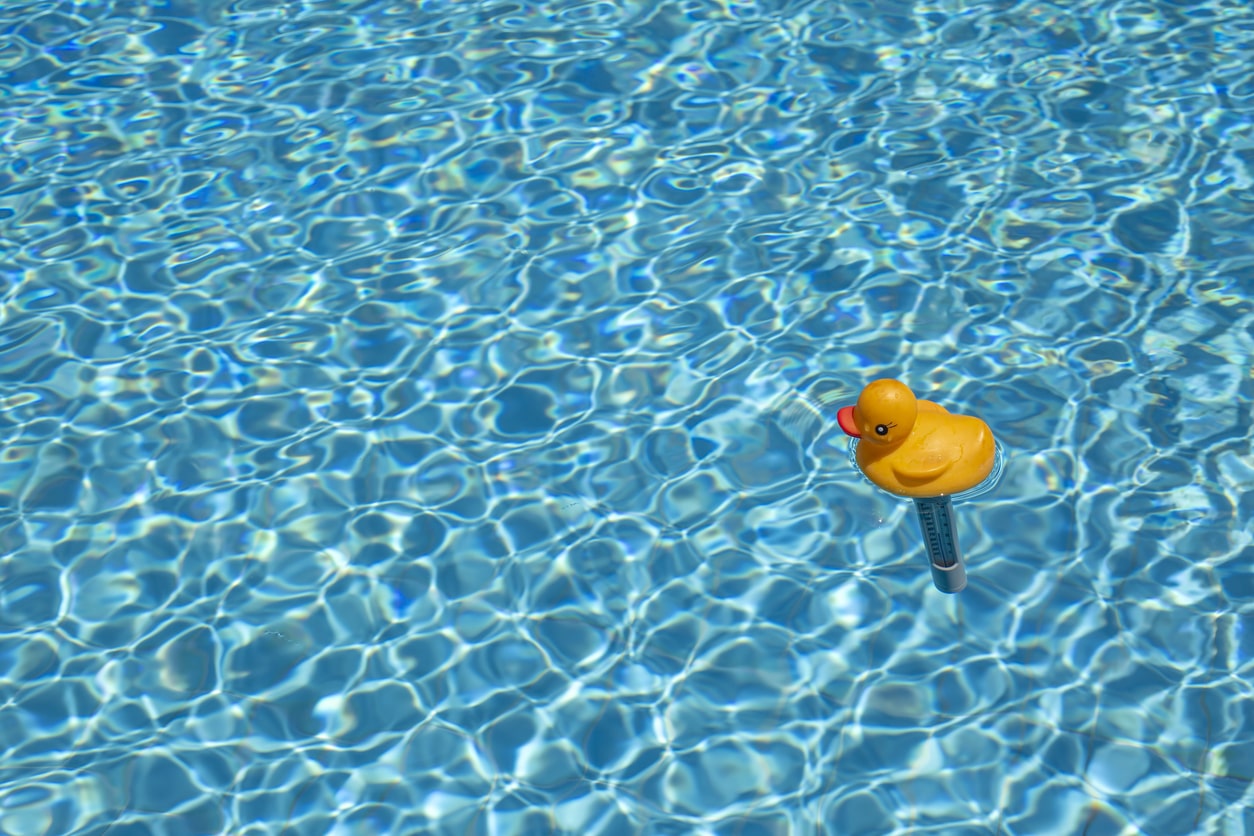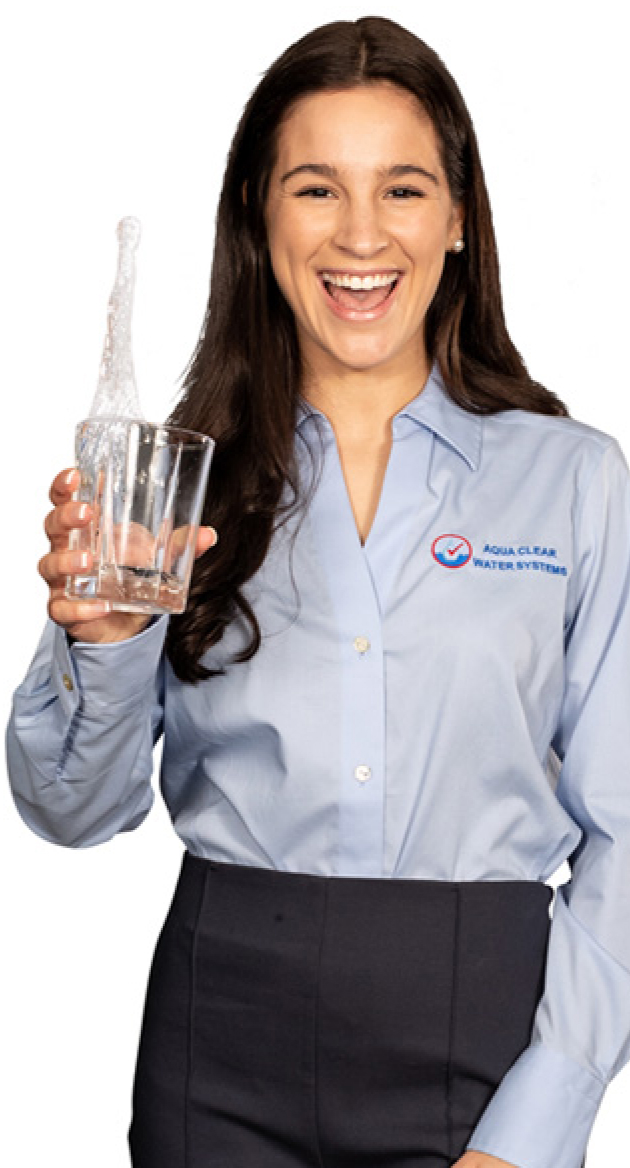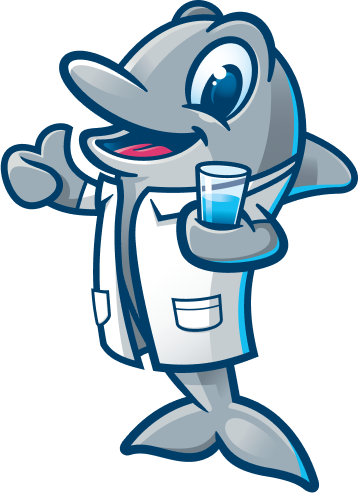Tap water in the US is supplied from reservoirs and wells, which naturally contain bacteria. Harmful bacteria may also enter drinking water as it travels through miles of pipes.
Chlorination is the addition of the chemical chlorine to eliminate pathogens from drinking water to prevent people becoming unwell. This has been common practice since the early 1900s, at which time waterborne diseases were rife. After the introduction of chlorination, infection rates reduced dramatically and chlorination continues to protect the public to this day.
Typically, chlorine exists in drinking water in very small amounts, a maximum of 4mg per liter (or 4ppm – parts per million) which is a level set by the Environmental Protection Agency to keep drinking water disinfected throughout the system, from reservoir to pipeline to faucet.
For some time, there has been growing discussion around the safety of drinking chlorinated water. While some concerns may seem trivial, relating to taste and odor, others are more serious, relating to potential health issues.
How does Chlorine Affect Public Health?
Prior to chlorination becoming commonplace in the early 1900s, waterborne diseases such as cholera, typhoid fever and hepatitis killed Americans in vast numbers every year. Water distributors needed a solution, and they turned to chlorine to kill the bacteria that was making people sick.
In the modern era, it is not just drinking water that is treated with chlorine – when most people hear the word ‘chlorine’ their first thought is of a swimming pool, where chlorine is commonly used in higher concentrations to keep the pool water clean and safe for use by the public.
Chlorine attacks the cell membranes of harmful bacteria, destroying any chance of their survival. Drinking water is chlorinated at the first and final stages of water treatment, which keeps the rate of disease low. Deaths from waterborne diseases in the US are now fewer than five thousand per year.
Is Chlorinated Water bad for You?
On the whole, scientists agree that chlorinated water (with chlorine at the regulated level) is safe, and it is certainly significantly safer than the consumption of unchlorinated water in most cases. However, this does not stop some people having concerns relating to the presence of chlorine in drinking water.
Asthma
Studies have shown an increase in exercise-induced asthma symptoms, even among swimmers with no prior history of asthma. Swimming in a chlorinated pool allows for chlorine absorption through the skin as well as through the inhalation of chlorinated steam in an enclosed space which may irritate the airways of asthmatics and non-asthmatics alike.
Congenital Abnormalities
A Taiwanese study found that pregnant women exposed to chlorine byproducts in drinking water during their pregnancies showed a higher likelihood of delivering babies with defects such as cleft palate, reduced brain development and ventricular septal defect (hole in the heart.)
Unpleasant Flavor and Odor
Experiencing an unpleasant odor or taste in drinking water is not uncommon when water has been chlorinated, even when the chlorine is at a safe level set by the Environmental Protection Agency. This may discourage people from drinking enough water, leading to increased rates of dehydration which can cause a raft of health issues.
Chlorine By Products
Despite it being essential to disinfect our drinking water by one method or another, there are some concerns around the use of chlorine due to its tendency to react with organic matter to form disinfection byproducts (DBPs.)
The primary DBPs that may be found in drinking water are trihalomethanes (THMs) and haloacetic acids (HAAs.) Both of these byproducts have links to cancer when consumed at high levels and may also be responsible for birth defects when consumed by pregnant women.
The Environmental Protection Agency established maximum levels for contamination by DBPs, but many people believe their presence even at levels below those set out by the EPA may be dangerous to human health.
Reducing Chlorine Levels in your Water at Home
Reducing chlorine too much can compromise your water’s safety, but there are reliable ways to lower chlorine levels at home to improve taste and odor without losing protection against harmful microbes.
Reverse Osmosis and Activated Carbon Filters
Reverse osmosis (RO) systems force water through a semipermeable membrane under pressure, removing a wide range of contaminants including chlorine. Activated carbon filters (commonly found in pitchers, refrigerators, and faucet attachments) use processed carbon to absorb chlorine, unpleasant tastes, and odors. Both options are highly effective for household use.
Boiling
Bringing water to a rolling boil for 15–20 minutes can remove most free chlorine through evaporation. This method is useful for small amounts of water but impractical for larger volumes.
UV Treatment
Ultraviolet (UV) treatment is primarily used by homeowners with private wells to neutralize harmful microbes like bacteria and viruses. While UV is excellent for disinfection, it does not remove chlorine, heavy metals, or chemical contaminants.
Chloramine in Municipal Water
Many municipalities use chloramine (a mix of chlorine and ammonia) instead of chlorine alone. Chloramine maintains water disinfection over longer distances but is harder to remove, harmful to aquatic life, and must be filtered out for specific applications like dialysis. Specialized carbon filters are effective at reducing chloramine levels in household water.
Conclusion
When chlorine is used in regulated amounts, chlorinated water is safe for consumption by most people. Some byproducts exist and research is ongoing into the long-term effects of consuming these in drinking water.
There are multiple practical steps that can be taken to reduce the levels of chlorine present in your drinking water at home. For many of these, you can seek good advice by contacting Aqua Clear Water Systems to discuss at-home water filtration to suit you and your family.
